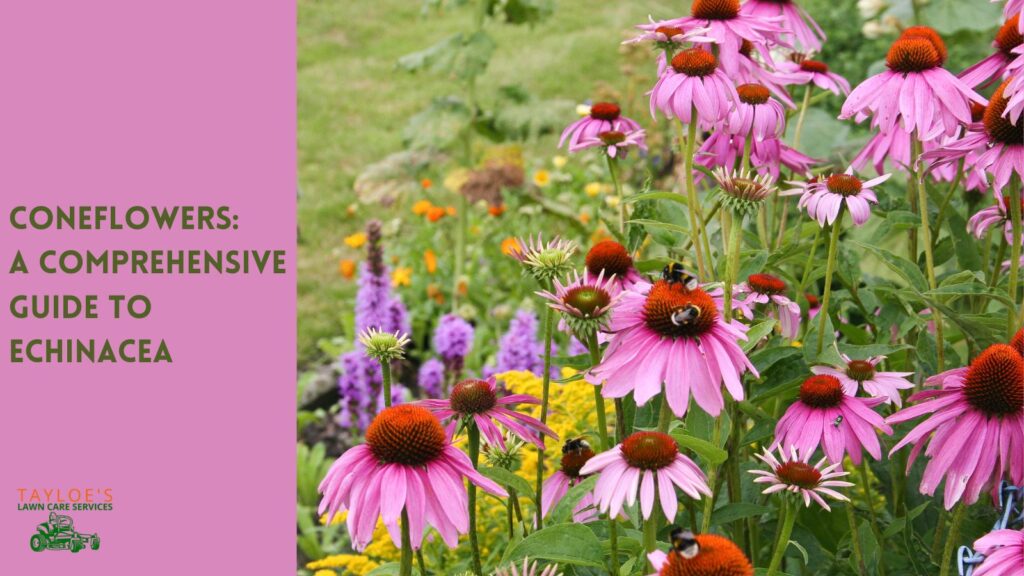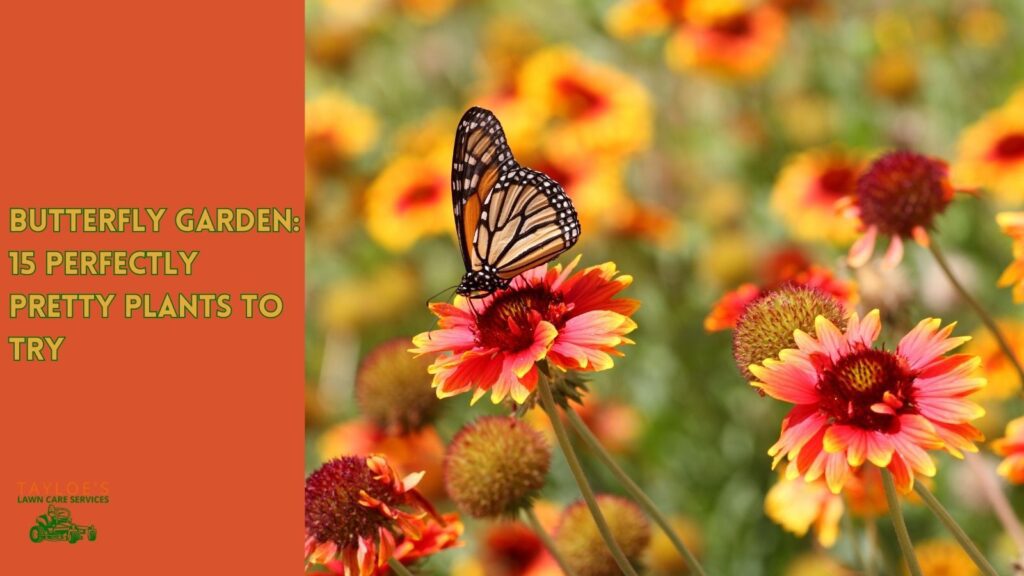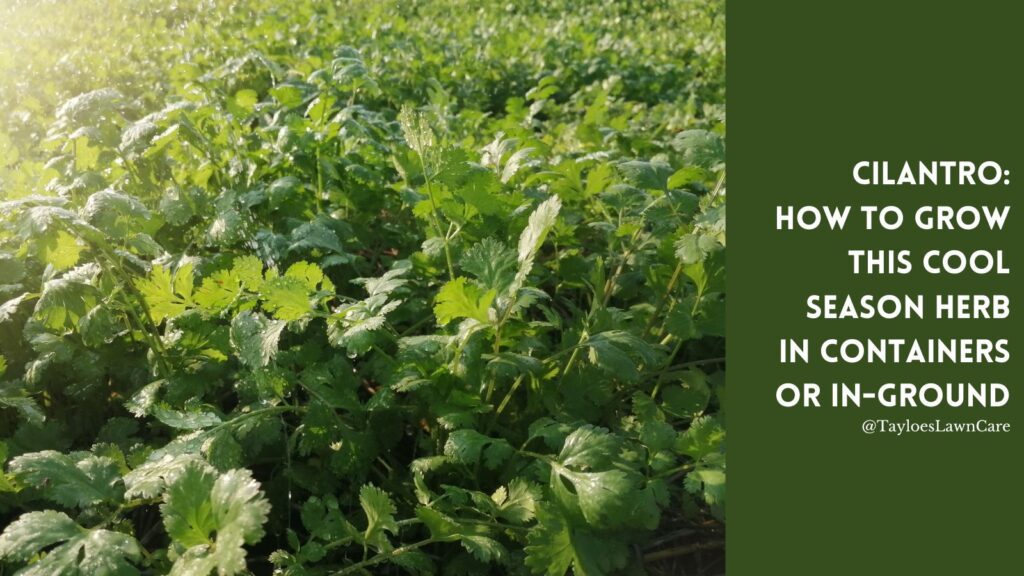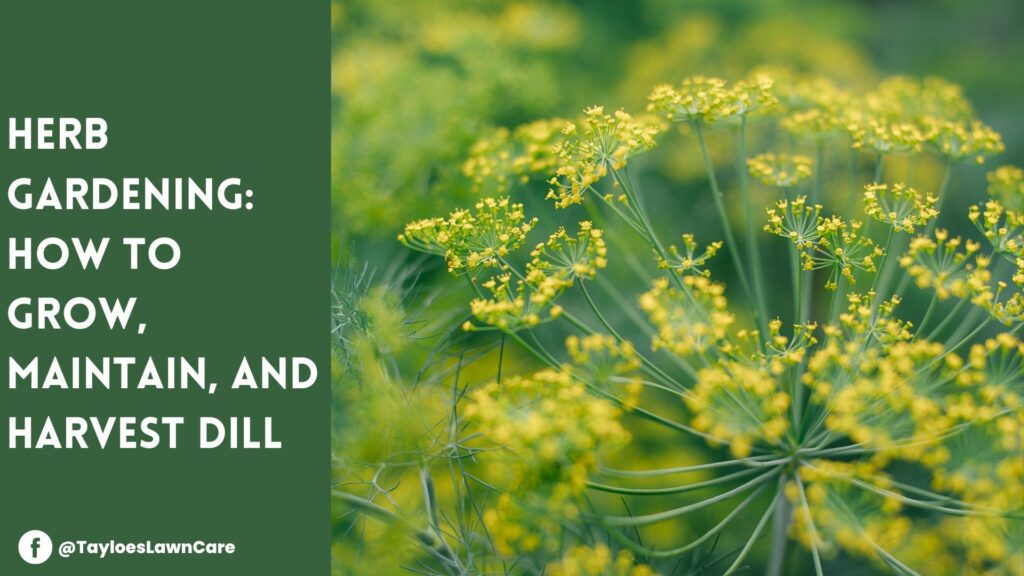Last Updated on: 9th December 2023, 07:26 pm
Nepeta cataria (catnip) and Nepeta x faassenii (catmint) and closely-related cousins
Catnip (Nepeta cataria) and Catmint (Nepeta x faassenii) are popular plants that attract cats and provide stimulation and entertainment. These plants belong to the Lamiaceae family. Gardeners love them for their aromatic foliage, attractive flowers, and ease of care.
This blog post discusses the differences and similarities between these two plants, their growing conditions, and how to care for them.
Botanical Summaries of Catnip and Catmint
Catnip is a native of Europe and Asia and has naturalized in North America. It is an herbaceous perennial that may grow up to three feet tall and has ovate to elliptic-shaped leaves with serrated edges and a downy texture. Catnip produces spikes of white, pink, or lavender flowers and has a strong, pungent, lemon-like scent. The plant contains the chemical nepetalactone, which strongly affects most cats, causing them to become playful and excited.
Catmint is a hybrid species likely resulting from the hybridization of Nepeta mussinii and Nepeta racemosa, African native plants. It is a compact and bushy plant that grows up to eighteen inches tall and has ovate-shaped leaves with a crinkled appearance and a toothed edge. Catmint produces spikes of blue or lilac-colored flowers and has a milder aroma than catnip, with a hint of mint. It also contains nepetalactone, but to a lesser extent than catnip, causing a milder reaction in some cats.
| PROPERTY | CATNIP (NEPETA CATARIA) | CATMINT NEPATA X FAASSENII |
| Family | Lamiaceae | Lamiaceae |
| Habitat | Native to Europe and Asia, naturalized in North America | Hybrid species, likely originated from the hybridization of Nepeta mussinii and Nepeta racemosa |
| Growth habit | Herbaceous perennial, grows up to 3 feet tall | Herbaceous perennial, typically grows to be a compact and bushy plant, up to 18 inches tall |
| Leaves | Ovate to elliptic shaped, with serrated edges and a downy texture | Ovate shaped, with a crinkled appearance and a toothed edge |
| Flowers | Terminal spikes of white, pink, or lavender flowers | Terminal spikes of lilac or blue flowers |
| Aroma | Strong, pungent, lemon-like scent | Milder aroma than catnip, with a hint of mint |
| Effect on cats | Contains the chemical nepetalactone, which has a strong effect on most cats, causing them to become playful and excited | Contains nepetalactone, but to a lesser extent than catnip, causing a milder reaction in some cats |
Catmint and Catnip Make Excellent Vegetable Garden Companion Plants
Besides growing these plants for your kitty, they’re worth putting in your veggie garden.
According to North Carolina State University, these plants are excellent companion plants in the garden. That’s because they appear to repel aphids and squash beetles. They are also somewhat deer resistant so it is worth a try to deter them. Conversely, they attract helpful pollinators, like honey bees, to promote garden vigor.
Planting Zones:
Both catnip and catmint are hardy in USDA zones 3-9. They can tolerate cold temperatures. However, they may not be as vigorous in hot and humid climates.
- Sunlight Requirements: Both plants prefer full sun to partial shade. They will grow in the full shade. But they may become leggy and produce fewer flowers if shaded.
- Soil pH Requirements: Both catnip and catmint prefer well-draining soil with a neutral pH between 6.0 and 7.0.
How to Plant and Care for Catnip and Catmint
Like most members of the Lamiaceae family, these plants are super-fast growers. They require little effort and demand almost zero care.

Planting:
Select a location with well-draining soil in a sunny or partially shaded area to plant catnip or catmint. Space the plants about 18-24 inches apart. They spread fast and can take over an entire bed. This quick growth habit makes them perfect for filling large areas to choke out weeds or help control soil erosion naturally.
Many prefer to plant Lamiaceae plants in pots to control the fast growth. If planting in a container, ensure the pot has adequate drainage holes.
Care and Maintenance:
After establishing healthy roots, catnip and catmint are incredibly low-maintenance plants. Water the plants regularly, especially during dry spells. Fertilize the plants with a balanced fertilizer or place compost around it monthly during the growing season. Prune the plants after flowering to encourage bushiness and prevent legginess.
Each of these cat-attracting plants is easy to care for and maintain. Removing yellow or damaged leaves keeps the plants free from pests and diseases. Divide the plants as needed, generally every two or three years, to keep them full, healthy, and vigorous.
Can Some Cats Get Sick From Catnip or Catmint?
Dogs are high on life. Cats need catnip.
Eloisa James, best-selling author
While catnip and catmint are generally considered safe for cats, some cats may experience digestive upset if they ingest large amounts of the plant. Symptoms of digestive upset may include vomiting, diarrhea, and loss of appetite. In rare cases, cats may also experience an allergic reaction to these plants, resulting in itching, swelling, and difficulty breathing.
It is also worth noting that while the nepetalactone in catnip and catmint is safe for most cats, it can be toxic to other animals. For instance, horses and dogs may have adverse reactions to this plant. Therefore, it is essential to keep these plants out of reach of any other pets susceptible to their toxic effects.
If you worry about the impact of any garden goodies or house plants on your cat, it is always best to consult your veterinarian. Your vet can help you determine if Lamiaceae plants are safe for your cat and can advise you on how to introduce them to your pet safely and controlled.

The Takeaway: Although Both Are Lovely, These Are Two Distinct Plants
Catnip and catmint are lovely plant selections that will provide your feline friends with hours of entertainment. They are hardy, low-maintenance plants that are easy to care for and maintain. Whether you choose catnip or catmint, these plants will surely add an attractive and aromatic touch to your garden. But remember, not all cats are affected by catnip or catmint, as the response is believed to be hereditary. Additionally, some cats may react more intensely to one plant than the other.
Author Profile

- Deborah Tayloe is the CEO and co-founder of Tayloe's Lawn Care Services, LLC. She has a B.S.Ed and holds certificates in soil and water management and herbology from accredited programs.
Latest entries
 Lawn CareDecember 29, 2025Commercial winter lawn care is a must
Lawn CareDecember 29, 2025Commercial winter lawn care is a must GardeningSeptember 27, 2025What perennials, shrubs, and trees don’t like fall pruning (and why)?
GardeningSeptember 27, 2025What perennials, shrubs, and trees don’t like fall pruning (and why)? Trees and ShrubsSeptember 14, 2025Fall Shrub Pruning Guide (September–October)
Trees and ShrubsSeptember 14, 2025Fall Shrub Pruning Guide (September–October) Trees and ShrubsApril 22, 2025Boxwood Blight: Early identification and isolation
Trees and ShrubsApril 22, 2025Boxwood Blight: Early identification and isolation






